Expansion of the Manufacturing Sector
The Rotary Indexer Market is benefiting from the expansion of the manufacturing sector across various regions. As economies recover and industrial activities ramp up, the demand for rotary indexers is expected to rise. Recent statistics indicate that the manufacturing sector is projected to grow by approximately 5% annually, driven by increased investments in infrastructure and technology. This growth is particularly evident in emerging markets, where the establishment of new manufacturing facilities is creating opportunities for rotary indexer adoption. The ability of rotary indexers to enhance production efficiency and reduce operational costs positions them as valuable assets in the expanding manufacturing landscape. As companies seek to optimize their production processes, the demand for rotary indexers is likely to continue its upward trajectory.
Rising Demand for Precision Engineering
The Rotary Indexer Market is experiencing a notable increase in demand for precision engineering solutions. Industries such as automotive, aerospace, and electronics are increasingly adopting rotary indexers to enhance manufacturing accuracy and efficiency. According to recent data, the precision engineering sector is projected to grow at a compound annual growth rate of approximately 6.5% over the next five years. This growth is driven by the need for high-quality components that meet stringent industry standards. As manufacturers strive to improve production processes, rotary indexers are becoming essential tools for achieving the desired precision. The integration of advanced technologies, such as CNC machining, further amplifies the capabilities of rotary indexers, making them indispensable in modern manufacturing environments.
Technological Advancements in Rotary Indexers
The Rotary Indexer Market is witnessing a surge in technological advancements that enhance the functionality and efficiency of rotary indexers. Innovations such as digital controls, improved gear systems, and enhanced materials are contributing to the development of more sophisticated rotary indexers. For instance, the introduction of servo-driven rotary indexers allows for greater precision and flexibility in operations. Market analysis suggests that the adoption of these advanced rotary indexers is expected to grow by approximately 8% annually over the next few years. This trend is indicative of the industry's commitment to improving manufacturing processes through technology. As manufacturers increasingly prioritize efficiency and precision, the demand for technologically advanced rotary indexers is likely to rise, further shaping the market landscape.
Growing Focus on Customization and Flexibility
The Rotary Indexer Market is increasingly characterized by a growing focus on customization and flexibility in manufacturing processes. As businesses strive to meet diverse customer demands, the need for adaptable solutions becomes paramount. Rotary indexers that offer customizable features, such as adjustable indexing speeds and configurations, are gaining traction among manufacturers. This trend is supported by data indicating that the customization market is projected to grow at a rate of 7% annually. Manufacturers are recognizing that flexible rotary indexers can significantly enhance production capabilities, allowing for quick adjustments to changing market needs. This adaptability not only improves operational efficiency but also enables companies to respond swiftly to customer preferences, thereby driving the demand for rotary indexers that can be tailored to specific applications.
Increased Automation in Manufacturing Processes
The Rotary Indexer Market is significantly influenced by the ongoing trend of automation in manufacturing processes. As industries seek to optimize production efficiency and reduce labor costs, the adoption of automated systems is on the rise. Data indicates that the automation market is expected to reach a valuation of over 200 billion by 2026, with rotary indexers playing a crucial role in this transformation. These devices facilitate seamless integration into automated assembly lines, allowing for improved cycle times and reduced downtime. Furthermore, the ability of rotary indexers to operate continuously without compromising quality makes them a preferred choice for manufacturers aiming to enhance productivity. This shift towards automation is likely to drive the demand for rotary indexers in various sectors, including food and beverage, pharmaceuticals, and consumer goods.


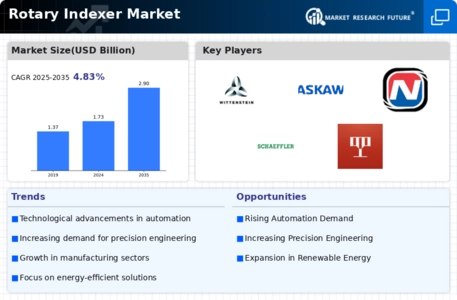
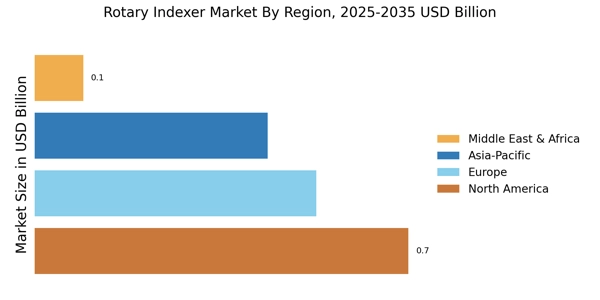

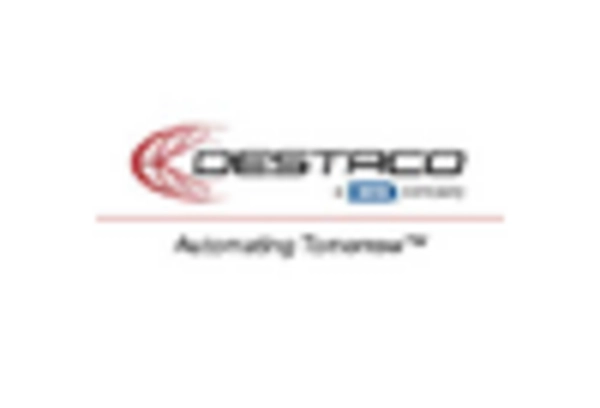

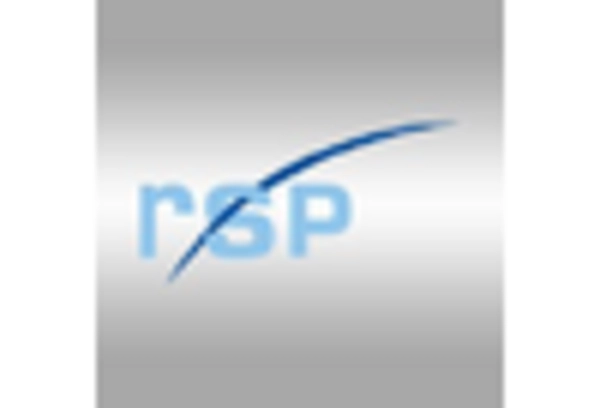
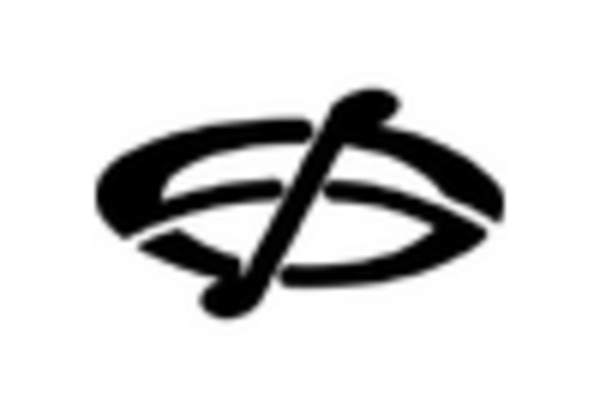
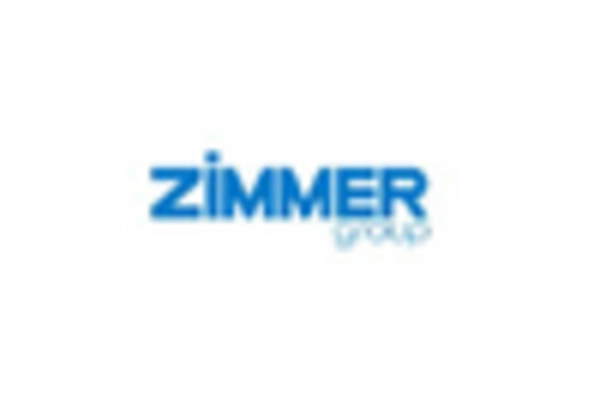








Leave a Comment